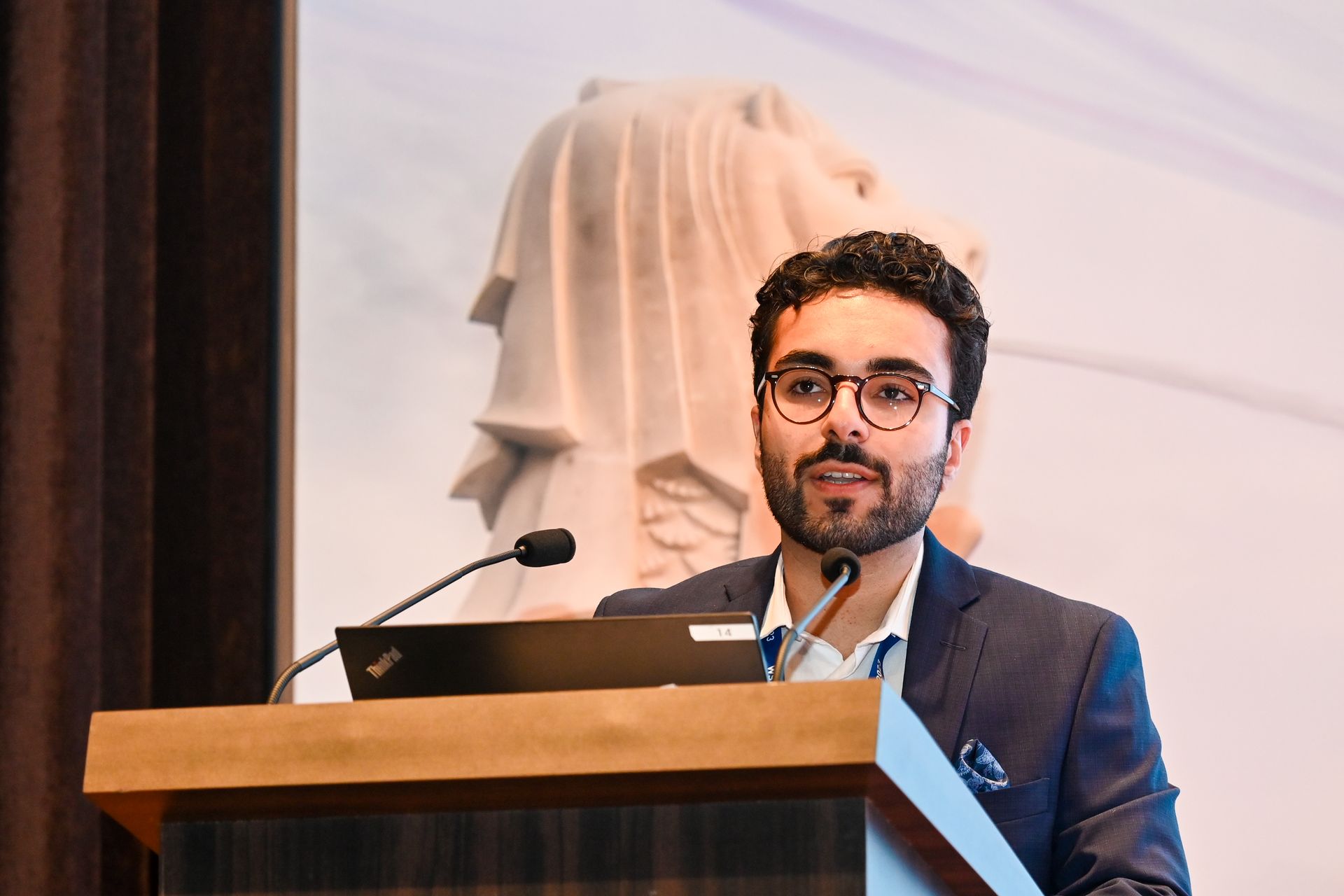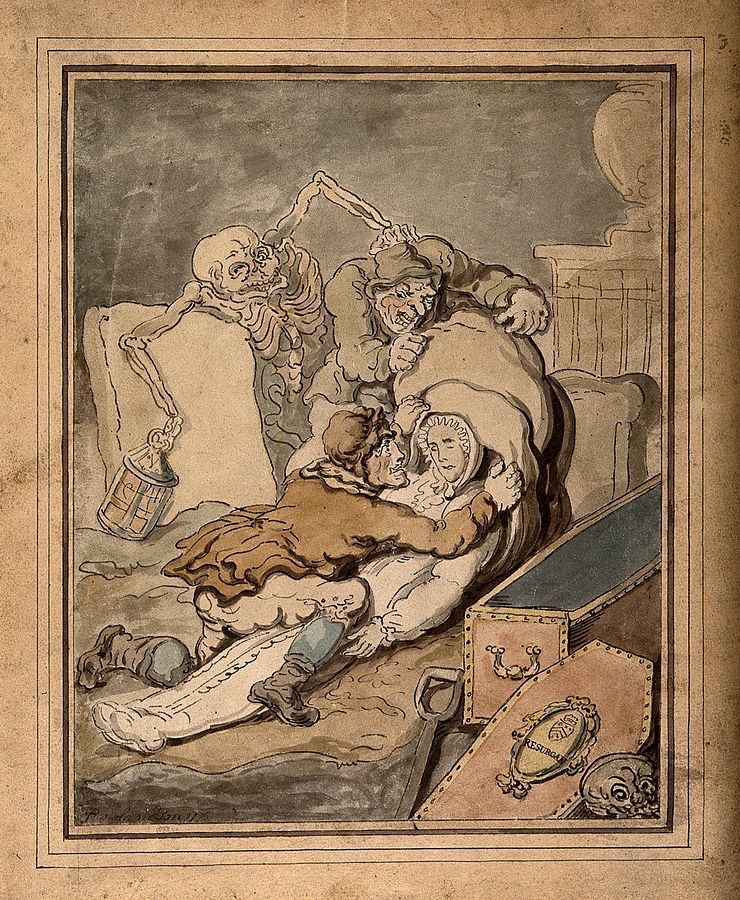


In October 1832 two men were caught unloading a cart at the back door of the Hull School of Medicine and Anatomy on Charles Street. The School had been opened in 1831 by Drs Alderson, father and son, but a shortage of bodies for dissection was proving a constraint. Whether the Hull Medical School were aware of where the bodies came from is unknown. This back door incident in Hull is rooted in a much bigger story.
The fact that bodies were being stolen from graves and sold to Medical Schools across England was nothing new. In Hull in 1806 a surgeon and his apprentice were convicted of opening a grave in Holy Trinity graveyards and throughout the 1820s the Hull Advertiser reports body snatchers operating in East Yorkshire and sending bodies by sea from Hull to Edinburgh and London. In 1829 murderers Burke and Hare were found guilty of selling bodies to a school of anatomy in Edinburgh.
Dissection of bodies by surgeons has been recognised since the 3rd century BCE. The Christian Church forbade human dissection until the 14th century and grave robbery for medical purposes can be found as far back as 1319 in Bologna. Until then, surgeons had practiced on animals. The 15th-century polymath Leonardo da Vinci is said to have dissected around 30 corpses – with no known provenance. In Britain, human dissection was proscribed by law until 1506, when King James IV of Scotland gave royal patronage to the Barber-Surgeons of Edinburgh, allowing them to dissect the "bodies of certain executed criminals". England followed in 1540, when Henry VIII gave patronage to the Company of Barber-Surgeons, allowing them access to four executed felons each year.
Shortages gave rise to body snatching; a practice that was especially concerning to wealthier families. William Shakespeares epitaph reflects widespread concern that burial was no longer sacrosanct: "Good friend, for Jesus' sake forbear, To dig the dust enclosed here. Blessed be the man that spares these stones, And cursed be he that moves my bones". In 1721 the Edinburgh College of Surgeons warned students not to become involved in exhumation, suggesting that students had already done the exact opposite.
Official supply was increased when, in an attempt to intensify the deterrent effect of the death penalty Parliament passed the Murder Act of 1752. This allowed judges to substitute the public display of executed criminals with dissection – a fate generally viewed as worse than death – and increase the supply of bodies to anatomy schools. Corpses and their component parts became a commodity, but although the practice of disinterment was hated by the general public, bodies were not legally anyone's property.
By now, grave diggers had become more established resurrectionists operating in a legal grey area. A particular target for ressurectionists were the mass graves that the poor were often buried in. These graves were left uncovered until they were full of coffins. Single graves were far more troublesome to break into – a tunnel would have to be dug, sometimes four feet down, the coffin broken into and the body carried to the surface.
The Napoleonic Wars triggered an increase in demand for surgeons across Europe and this highlighted a shortage of supply once again as anatomy studies suffered because of a lack of “subjects” for dissection. A reduction in executions, the traditional source of cadavers, religious objections and public distaste exacerbated shortages. All this and poor refrigeration methods meant a deficit of fresh bodies for medical studies.
To try and contain the escalating situation, the 1832 Anatomy Act was passed in the United Kingdom, making body snatching a criminal offence. However, body snatching continued to occur throughout the late 19th century. At an inquest held at Sculcoates Public Hall on January 8th 1834, a jury was shown the body of an elderly woman and a coffin with a broken lid.
The body of Elizabeth Smith, buried two days earlier in Holy Trinity New Burial Ground on Castle Street, was identified by her son, George. The case was full of witnesses “forgetting the facts” and finally the three men who had attempted to deliver the corpse to the Hull School of Medicine and Anatomy were charged with the theft of a piece of calico cloth but the Recorder decided that there had been no intent to steal the shroud so the charge was changed to “unlawfully, willfully and indecently” entering the burial ground and taking away the body”. Sentencing them to three months imprisonment with a fine of £20 the Recorder said that they had been convicted of a great outrage on public decency and private feeling”. The body was not the problem.
Historically, Medical Schools have relied on the gallows, jails or poorhouses as sources of bodies but the 1960s and 1970s saw the rise of a viable alternative: body donation or people giving “informed consent” of the deceased during their lifetime. Even as virtual simulations, and other 3D representations of the human body are increasingly used in anatomy education the value of dissection for teaching purposes remains the dominant practice. Demand grows and redemptionists remain.



Hull Medical Society | Privacy Policy